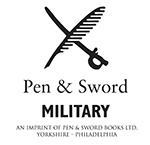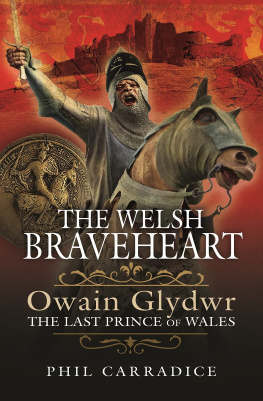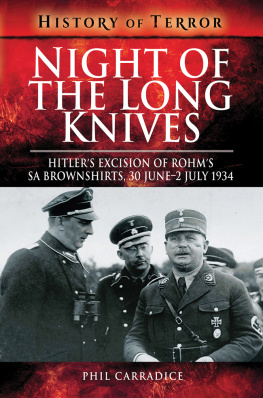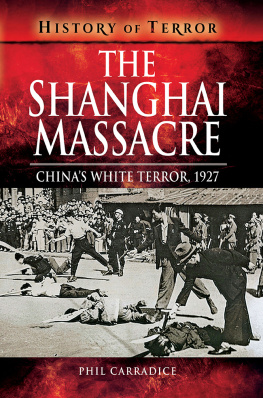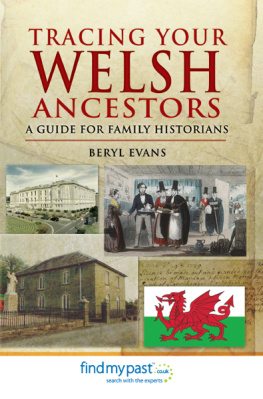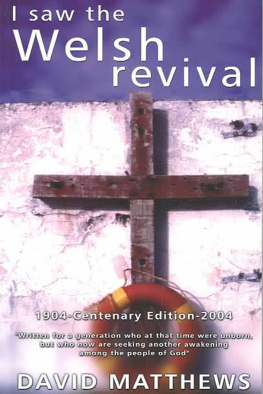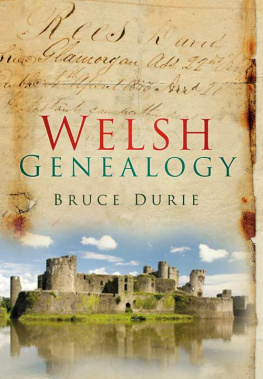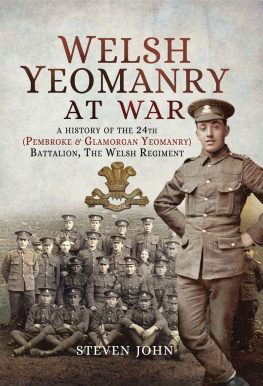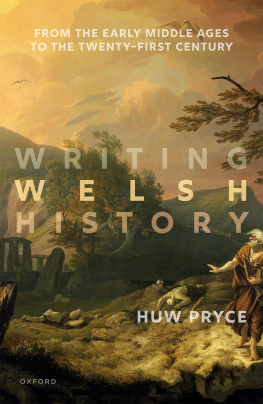SNAPSHOTS OF WELSH HISTORY
PHIL CARRADICE
Published by Accent Press Ltd 2011
ISBN 9781908192448
Copyright Phil Carradice 2011
Phil Carradice has asserted his right to be identified as the author of this work in accordance with the Copyright, Designs and Patents Act 1988
All rights reserved. No part of this publication may be reproduced, stored in a retrieval system, or transmitted in any form or by any means, electronic, mechanical, photocopying or otherwise without the prior permission of the publisher: Accent Press Ltd, The Old School, Upper High Street, Bedlinog, Mid-Glamorgan CF46 6RY
Cover design by Madamadari
Acknowledgments
Thanks are due to many people, notably BBC Wales who commissioned the series of Blogs on various aspects of Welsh History and have subsequently given permission for them to be re-produced in book form. Thanks in particular to Suzanne Morrow for her help and encouragement.
Thanks also to Hazel Cushion and Accent Press for agreeing to take on this project.
Most of the photographs are taken from my own collection. However, certain images have been provided by other individuals. For these, particular thanks to Margaret Colley, Roger McCallum, Mike Edwards, Bob Priddle and Trudy Carradice.
Thanks to all my teachers and lecturers from the past who managed to instill in me a sense of history in the main, by studiously ignoring all the boring bits until I was well and truly gripped by the subject. History as it should be taught.
As ever, thanks to Trudy, my wife, for her assistance, particularly on the computer I remain a Luddite and I could not have done it without you, Trude.
Introduction
I have always found history fascinating. Perhaps I have been lucky. Early on, my father to whom history was a living, breathing thing and my teachers at the old Pembroke Grammar School in west Wales imbued me with a love of the subject. Further study at college and university served only to add to my enthusiasm.
And yet, for many people history remains a dry, sterile topic. As a man once told me, he would rather have his teeth pulled without anaesthetic than read a history book! That attitude is such a shame the gentleman concerned just doesnt know what he is missing.
Unfortunately, many people feel the same. And much of the blame for such feelings or attitudes has to come down to bad teaching not to mention bad writing. But if history teachers had only managed to catch the imagination of their pupils in the first place, had enthralled them with stories of the past, things would have been very different.
I think it was Rudyard Kipling who said that history would be far better remembered if it was taught through the medium of stories rather than as a simple litany of dates and information. And history has to be remembered if we are not to repeat the mistakes of the past. That, really, is its only purpose. As a writer and as a teacher I have always tried in my books, in my lessons, in general conversation to weave the story-tellers web.
So when the BBC asked me to write a series of weekly history blogs, I was happy to take on the project. But I was determined that each blog I wrote would be a story in itself in effect a little piece of fascinating history, well known or obscure. As far as I was concerned this was to be history like your teachers would never have taught you. Effectively, what I wanted to write was history without the boring bits. I hope I managed to do that with the blogs in our wonderful, new electronic world now it is the turn of the printed page to throw out the same degree of fascination, to catch the imagination of the reader.
The blogs or articles give them whatever terminology you will, they are really snippets of historical fact are presented here in a roughly chronological order. It was not possible to run them strictly in date order as several span the centuries and historical periods. But wherever and whenever possible they do run chronologically and can therefore be read as one continuous book or dipped into whenever the mood or interest takes you.
If the blog articles I dont know what else to call them in this book manage to catch your interest then their purpose will have been achieved. It is then up to you, the reader, to go and find out more about the topics covered.
Read the book, then go on to uncover a new world of fact, fantasy and imagination. You wont be disappointed.
Phil Carradice, St Athan, 2011
Every autumn and winter, with the prospect of the forthcoming Six Nations Rugby Championship looming large in peoples minds, many red-blooded Welsh men and women (and Irish and Scots, too, come to that) become suddenly conscious of their Celtic roots.
We are all of us proud of our heritage. That applies whatever nationality we are English, Irish, Scottish or Welsh. And rightly so. But how many of us are aware of the origins of the Celtic people of Wales? It is a fascinating story.
The Celts first arrived on our shores and began living in Britain all of Britain, not just the extremities like Wales, Ireland and Scotland in approximately 1000BC. Originating in the Danube area, they gradually moved northwards, a process of migration that took many hundreds of years. They were an adventurous and curious people and it was inevitable that, standing on the shores of what later became the English Channel, they should be attracted by the mysterious land they could see on the horizon.
The Celts came to Britain, first, as explorers, sailing their flimsy coracle craft across the waters of the Channel and the western seas, and landing on the southern coasts of the island. Over the next two hundred or so years they came to settle and stay. They were skilled workers in metals like bronze but they were also farmers who soon began to clear the forests and cultivate crops.
By the time the Romans arrived, between 43 and 85AD, the Celts were the dominant influence in Britain. These Celts were a fierce and warlike people, Julius Caesar himself commenting on the blue-painted warriors who attacked without fear, time after time, not knowing when they were beaten. However, faced by superior fire power in the shape of the Roman Legions, the Celts were gradually pushed back, out of the rich farmlands of central and southern England, to find refuge in the wild and rugged mountains of the west and north.
Ireland, Scotland and Wales were never fully integrated into the Roman Empire and Wales, in particular, was seen as something of a frontier zone. At one time over 30,000 legionary and auxiliary troops were stationed around the edges of the country, in bases like Caerleon and Chester. There were many bloody campaigns and battles in Wales, events like the killing and destruction of the Druids by Suetonius Paulinus on Anglesey in 61AD, but in general the Roman occupation of Britain had little long-lasting effect on Celtic art, language and culture.
When the Romans left in the years after AD410 Celtic culture was strong enough to resist that of the in-coming Saxons. By now the Celts spoke a language known as Common Celtic, a language that was divided into two strands Goedelic which was spoken in northern Scotland and Ireland, and Brythonic which was the language of Wales and Cornwall. Brythonic was also spoken by the people in the areas around modern day Carlisle, Edinburgh and in Strathclyde.
While there were, to begin with, strong links between the Celts in Wales and those in the north of Britain, Saxon advances into the west were soon causing problems. Saxon victories at Dyrham in Gloucestershire and at Chester (AD577 and 615 respectively) isolated the Welsh from other Celtic peoples. And when King Offa of Mercia built his dyke in the middle years of the eighth century an attempt to define the frontier of Mercia, not Wales, as many believe it gave Wales, for the first time, an eastern frontier.




